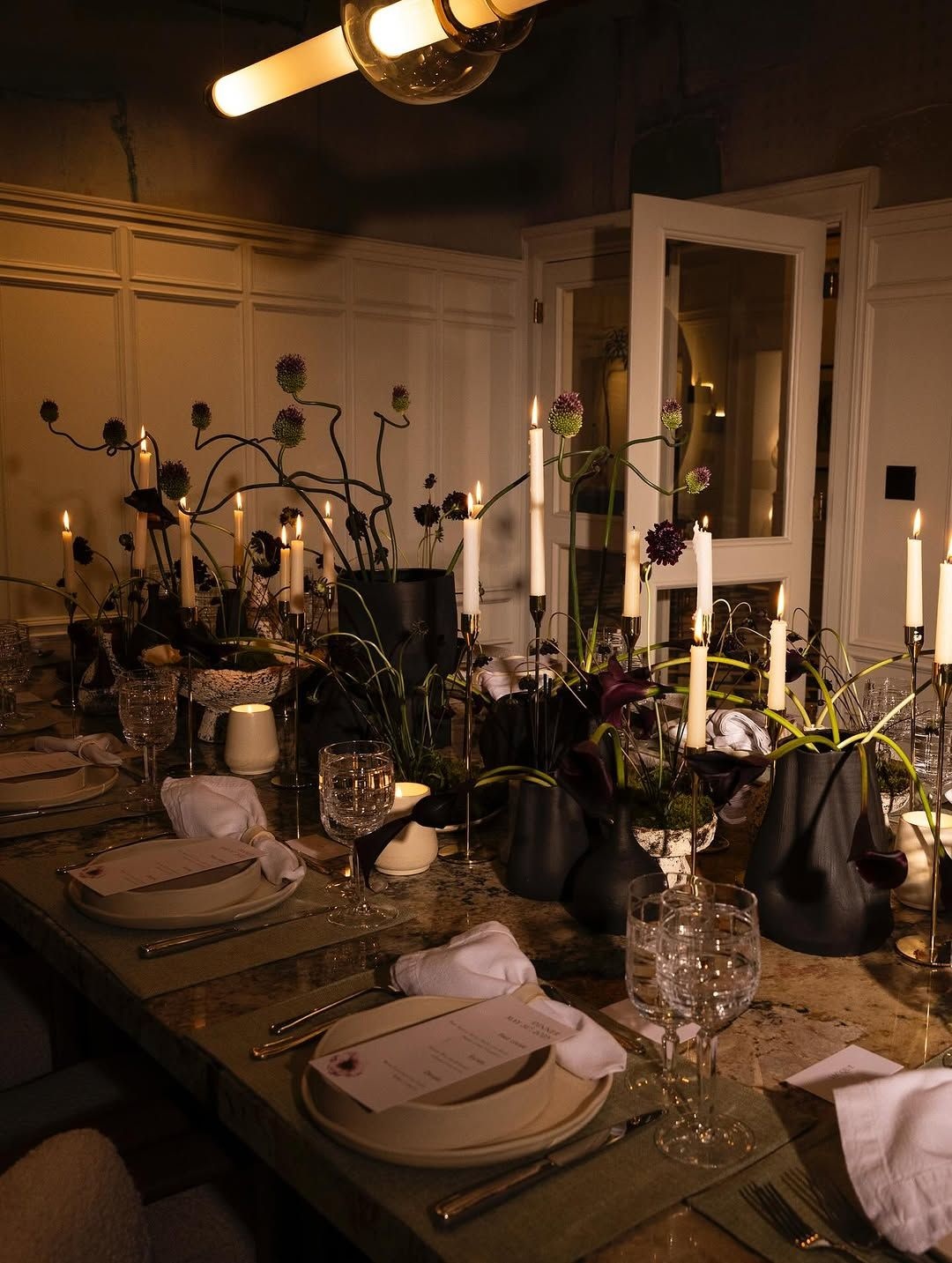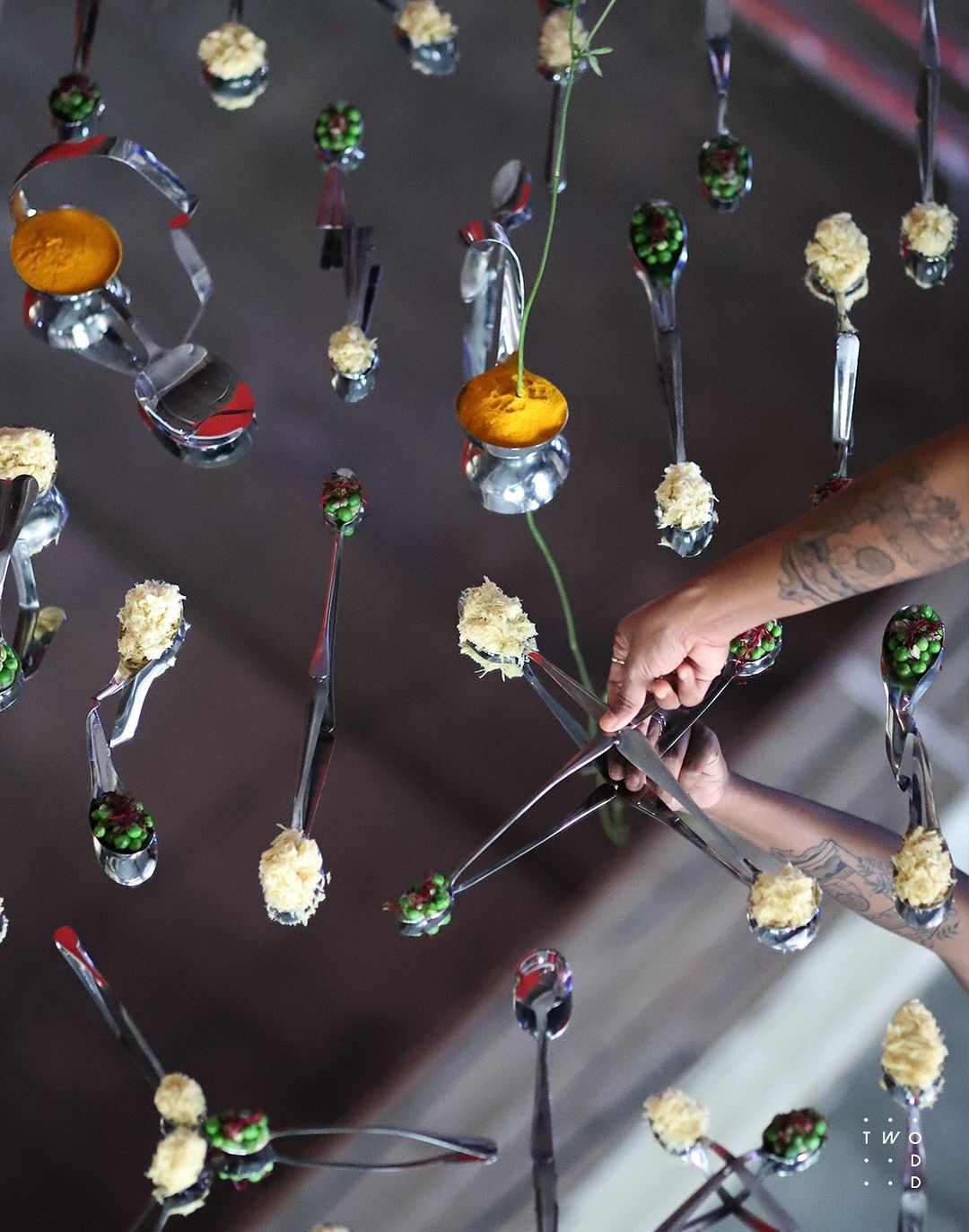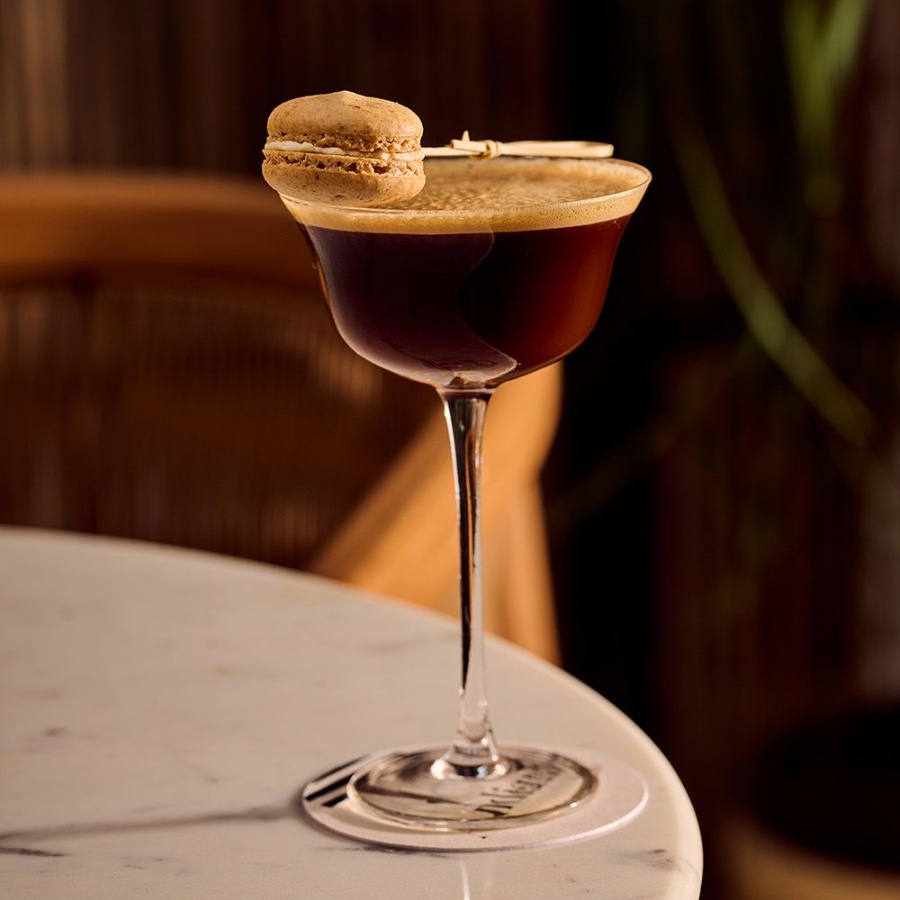If you’re hosting a Diwali dinner this year, chances are your table is about to become the main event. Statement spoons may have kicked off the season’s biggest tablescaping trend, but the real magic lies in how you bring everything together. It’s about the mood, the mix, and that perfect balance between thoughtful and effortless. Whether you’re leaning towards sleek minimalism or joyful maximalism, we’ve called in three design-savvy hosts to show you how to put together a standout centrepiece to your festive celebration.
Gunjan Gupta, founder of Studio Wrap and Ikkis
Gunjan Gupta has a knack for turning everyday Indian objects into design statements. Whether it’s her Pankha placemats or the iconic Lota tiffin, her work is a masterclass in Indian-jugaad-meets-contemporary-luxury. True to her style, her table settings blend storytelling, craftsmanship, and surprise in a way that feels both traditional and refreshingly new.











